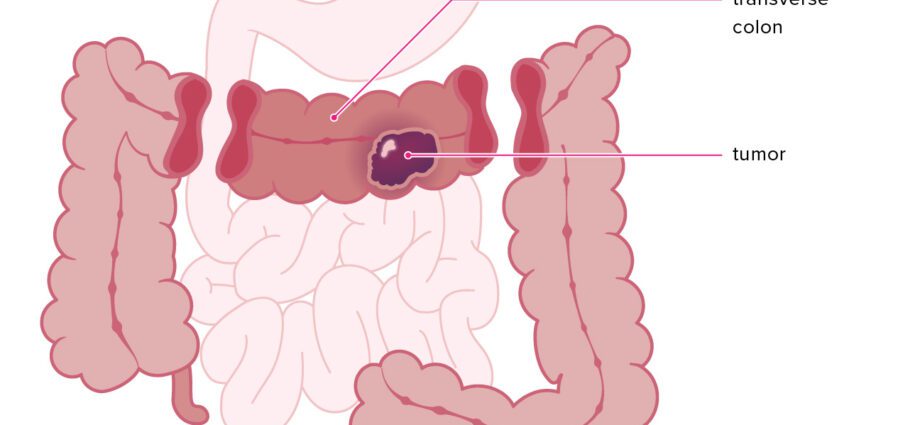Contents
Anastomosis
Anastomosis refers to the communication between several nerves, or several blood vessels, or also between several lymphatic vessels. They allow, when the main pathway of the blood vessels is blocked, to offer secondary blood circulation paths. Its role is then to supplement the circulation, forming a new path called collateral circulation. This thus makes it possible to ensure the irrigation of an organ, when the main way of blood circulation is no longer functioning.
What is anastomosis?
Definition of anastomosis
Anastomosis refers to the parts of the body that allow communication between several nerves, several blood vessels, or even several lymphatic vessels. They make it possible, in the case of blood vessels, to offer the circulation of the blood a secondary route for irrigating the organs, as soon as there is an obstruction of the main route. By extension, we can therefore also say that an anastomosis is the connection between two conduits of the same nature, that is to say between two tubular structures having the same function.
Where are the anastomoses located?
Several arteries supply most of the tissues. When branches of one or more arteries come together, they form what is called an anastomosis. These anastomoses can, therefore, be found in many organs of the body, and they have a structure similar to those of the blood vessels or the ducts they connect.
What is the anastomosis made of?
Thus, these anastomoses have the same constitution as the blood vessels, or nerves, or lymphatic vessels that they connect together: they are pipes or conduits, therefore formed by the lumen, i.e. the hole where the liquid circulates (such as the blood or lymph), and by the cells which surround it, in particular, for the blood vessels, a wall made up of cells called endothelial, very flattened.
Also, a blood capillary is made up of three parts:
- the capillary loop, used for metabolic exchanges;
- the metarteriole (the terminal part of the arteriole, or small artery), ensuring the return of venous blood;
- and an anastomosis, which doubles this metarteriole, and opens only when needed.
There is also a system of anastomoses at the level of the brain: this is the Willis polygon.
It is also possible to perform anastomoses surgically, this is in particular the case with colostomy, which allows the colon to reach the abdomen.
Physiology of anastomosis
Alternative ways of irrigating a tissue
The role of arterial anastomoses is to create alternative pathways, thus replacing the arteries when these are blocked. They then make it possible to maintain the irrigation of the tissue.
Thus, several causes can stop the blood flow for a short time, for example:
- during normal movements compressing a vessel;
- if a blood vessel is blocked, due to illness or injury, or during surgery.
Traffic is not necessarily cut off, precisely thanks to these substitute routes, which are therefore collateral traffic routes.
Polygon of Willis: vascularization of the brain
The Willis polygon ensures the vascularization of the brain. It is about the arterial circle located at the base of the brain, and it is also an anastomotic system, therefore of substitution. Therefore, it provides blood supply to the brain even if one of the arteries in the brain is damaged or blocked.
Anomalies / Pathologies
Arteries without anastomoses: the terminal arteries
There are arteries that do not have anastomoses: they are called terminal arteries. In fact, it is not a pathology or an anomaly. However, when the circulation of these arteries without anastomosis is blocked, the irrigation of an entire organ segment is then completely stopped, which causes its necrosis, that is to say the death of this part of the organ. Sometimes, collateral circulation can also pass through terminal vessels supplying this organ segment.
Malformations anévrysmales
The Willis polygon is the seat, most often, of aneurysm malformations, i.e. anastomosis anomalies, which are dilations forming kinds of balloons, pockets of blood, which are located in the cerebral arteries, mainly at the level from their branch. The aneurysm affects 1 to 4% of the population, the risk of rupture is very low but it is a very serious event, potentially fatal.
Treatments
At the level of the interventions, anastomoses can be carried out by surgical techniques, it is in particular the case of the anastomosis between the colon and the abdomen, called colostomy, which one practices for example in the event of necrosis at the level of the intestine, or that of the anastomosis between two parts of the intestines, after resection (ablation) of a necrotic part of the intestine, very often following a mesenteric infarction inducing necrosis, or a tumor.
Diagnostic
Angiography is the x-ray examination that allows you to visualize the blood vessels. Carried out by a radiologist or an angiologist, it will allow the detection of blood circulation abnormalities. This examination thus makes it possible to obtain images of blood vessels which would not be visible on a simple X-ray.
- It is rather vascularization anomalies in themselves that will be sought (for example, anomalies at the level of the coronary arteries, or at the level of the venous network of the legs) than those of the anastomoses themselves, which tend to compensate for these abnormalities of the legs. tissue irrigation.
- Aneurysm abnormalities can also be detected, in particular by MRI. A good knowledge of the vascularization of the brain is allowed thanks to advances in imaging, such as arteriography, MRI therefore, or even computed tomography (scanner), with or without injection of contrast product.










